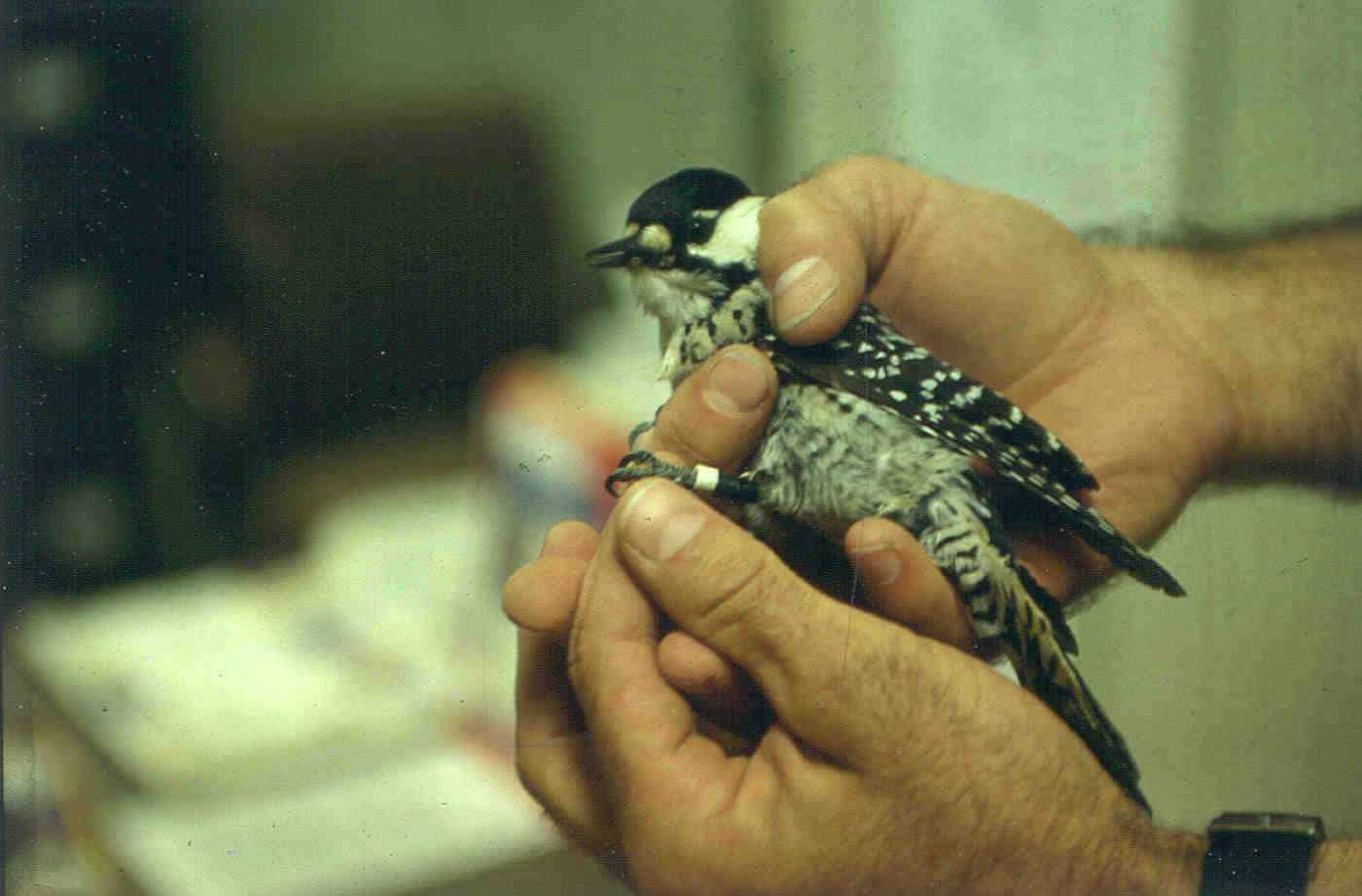
Species
Red-cockaded woodpecker (Picoides borealis)
Principal Biologist(s)
Greg Hagan, Mike Phillips
Project Location
Avalon, FL
Conservation Problem
Populations have declined due to habitat destruction, degradation, and resulting fragmentation.
Conservation Status
Listed as endangered under the Endangered Species Act
Project Goals & Objectives
The goal of this project is to restore 20 – 25 breeding groups to Avalon in northern Florida that can persist with minimal management. Once the population goal is achieved, the Turner Endangered Species Fund (TESF) intends for Avalon to become a donor site for the species’ Southeastern Translocation Strategy.
To achieve these goals, our annual objectives include:
- Restoring abandoned clusters by providing ≥ 4 artificial cavities per abandoned cluster.
- Establishing recruitment clusters by installing ≥ 4 artificial cavities per recruitment cluster.
- Using fire to maintain RCW habitat suitability.
- Pre-burn mowing (2 acres) around all clusters to protect cavity trees from prescribed fire.
Project Background
The red-cockaded woodpecker (RCW) depends on habitat provided by mature pine forests—specifically those with longleaf pines averaging 80 to 120 years old and loblolly pines averaging 70 to 100 years old. Over the last century, RCWs have declined rapidly as their mature pine forest habitat was altered, principally for timber harvest and agriculture. Pine savannahs and open woodlands once dominated the southeastern United States and may have encompassed over 200 million acres at the time of European colonization. Longleaf pine communities may have covered 60 to 92 million of those acres. Today, fewer than 3 million acres remain. RCWs once ranged from Florida to Maryland and New Jersey, as far west as Texas and Oklahoma, and inland to Missouri, Kentucky, and Tennessee. About 1 percent of their original range remains.
RCWs are a cooperatively breeding species, living in family groups consisting of a breeding pair, which may also include one or two male helpers (females can also become helpers, but do so at a lower rate than males). The critical resource for RCWs is the availability of tree cavities, which the birds excavate in live pine trees, often taking several years to accomplish. A group of cavity trees occupied by a potential breeding group (an adult female and male, with or without helpers) is termed a cluster, and this is the metric of population size for RCWs.
In March 1998, TESF in cooperation with the U.S. Fish and Wildlife Service initiated an effort to reintroduce RCWs to the Avalon property in northern Florida. This effort was the first by a private landowner, state or federal agency to reintroduce a population of red-cockaded woodpeckers into an area where there was no extant population.
While the population expanded steadily during the first decade of the project, by 2007 there were signs growth was slowing and more recently have become stagnant. A comprehensive assessment of cluster status was undertaken in December 2011 and January 2012. It was determined the population consisted of 13 active groups, 2 inactive groups, and 7 abandoned groups (an abandoned group is defined as not showing any evidence of RCW activity for three years or more). However, by December 2014 the population had expanded to 15 active groups.
